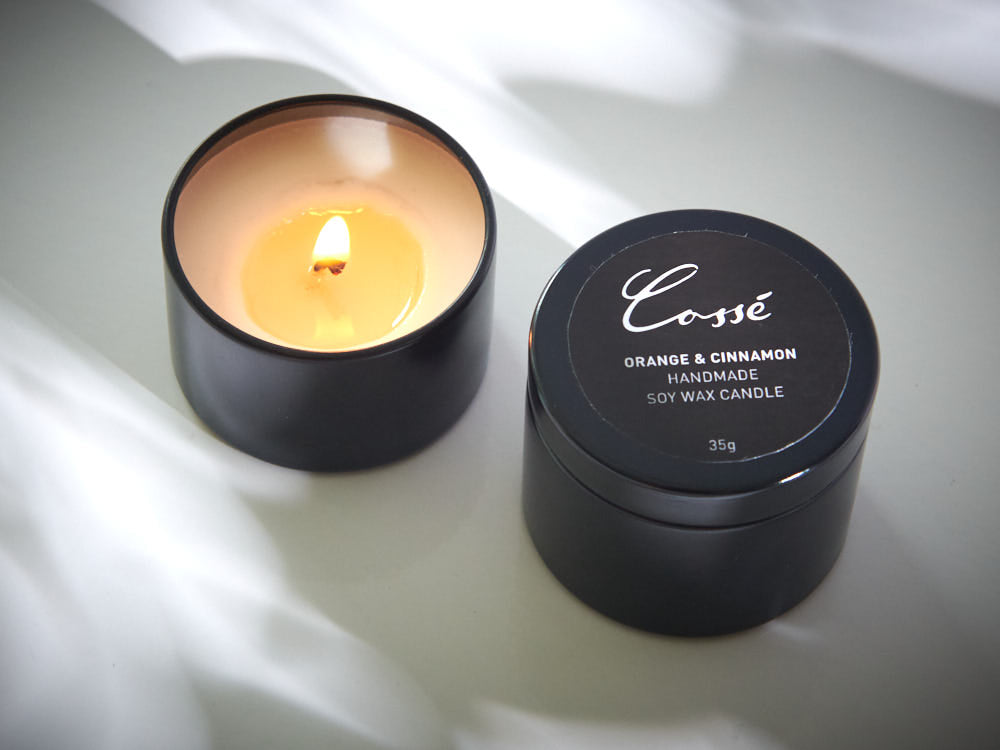Infuse Your Home with the Fragrance of Crystal Soy Candles and Home Fragrance
Infuse Your Home with the Fragrance of Crystal Soy Candles and Home Fragrance
Blog Article
From Wick to Wax: Recognizing the Chemistry Behind Soy Wax Candles and Their Environmental Effect
As we brighten our areas with the cozy radiance of candles, there exists a world of detailed chemistry behind the relatively easy act of lighting a soy wax candle light. Join us as we untangle the clinical ins and outs behind soy wax candles and explore their effects on our setting.
Soy Wax Vs. Paraffin Wax
When contrasting soy wax and paraffin wax for candle light production, it is necessary to comprehend the distinct qualities and benefits of each material. Soy wax is an all-natural, sustainable resource stemmed from soybean oil, making it eco-friendly and environment-friendly - soy wax candles. In comparison, paraffin wax is a byproduct of petroleum refining, which elevates concerns concerning its ecological impact and sustainability
Soy wax candle lights shed cleaner and emit less residue compared to paraffin wax candles, making them a healthier choice for indoor air high quality. Additionally, soy wax has a lower melting factor, enabling for a longer-lasting candle light that disperses scent extra successfully. Paraffin wax, on the various other hand, has a tendency to burn faster and much less easily, possibly launching unsafe chemicals into the air.
From a sustainability perspective, soy wax is favored for its biodegradability and eco-friendly sourcing, aligning with the growing customer preference for environmentally mindful products. While paraffin wax has actually been a standard choice in candle making because of its cost and simplicity of use, the shift towards green alternatives like soy wax is acquiring momentum in the industry.
Chemical Structure of Soy Wax

Burning Refine in Soy Candles
The chemical structure of soy wax directly influences the combustion procedure in check my site soy candle lights, affecting aspects such as burn time, aroma release, and ecological influence. When a soy candle is lit, the warmth from the flame melts the wax near the wick.
The combustion efficiency of soy candle lights is influenced by the purity of the soy wax and the quality of the wick. A clean-burning soy candle with a properly sized wick will certainly produce a constant fire and reduce residue formation. This not only extends the melt time of the candle however also improves the release of fragrances. In addition, soy wax candle lights have a lower environmental effect contrasted to paraffin candles due to their eco-friendly and sustainable nature.

Ecological Advantages of Soy Wax

Taken into consideration a sustainable option to traditional paraffin wax, soy wax uses significant ecological benefits that make it a popular option amongst eco-conscious customers. Soy wax burns cleaner and creates much less soot than paraffin wax, contributing to better interior air high quality and lowering the demand for cleansing and upkeep. In general, the ecological benefits of soy wax align with the expanding need for lasting and green items in the market.
Recycling and Disposal Factors To Consider
Reusing and correct disposal of soy wax candle lights play a vital duty in keeping ecological sustainability and decreasing waste in communities and homes. The very first step is to ensure that the candle has actually shed completely when it comes to recycling soy wax candles. This can be achieved by enabling the candle to shed till the wick is no longer useful, and afterwards allowing the continuing to be wax cool and solidify. When the wax has strengthened, it can be thoroughly eliminated discover here from the container.

In terms of disposal, if recycling is not an option, soy wax candle lights are biodegradable and can be securely gotten rid of in the majority of family waste systems. It is always recommended to check with neighborhood recycling facilities or waste administration solutions for particular standards on candle disposal to ensure correct handling and ecological protection.
Conclusion
In verdict, the chemistry behind soy wax candle lights exposes their ecological advantages over paraffin wax candle lights. Soy wax, acquired from soybean oil, burns cleaner and produces much less soot when compared to paraffin wax.
When comparing soy wax and paraffin wax for candle light making, it is essential to understand the distinct qualities and benefits of each product (crystal soy candles).Soy wax candles shed cleaner and give off less soot compared to paraffin wax candles, making them a much healthier option for interior air quality.Thought about a lasting alternative to traditional paraffin wax, soy wax uses notable environmental benefits that make it a preferred option among eco-conscious consumers. Soy wax burns cleaner and produces less residue than paraffin wax, contributing to better interior air top quality and lowering the need for cleaning and upkeep.In conclusion, the chemistry behind soy wax candle lights discloses their environmental advantages over paraffin wax candles
Report this page